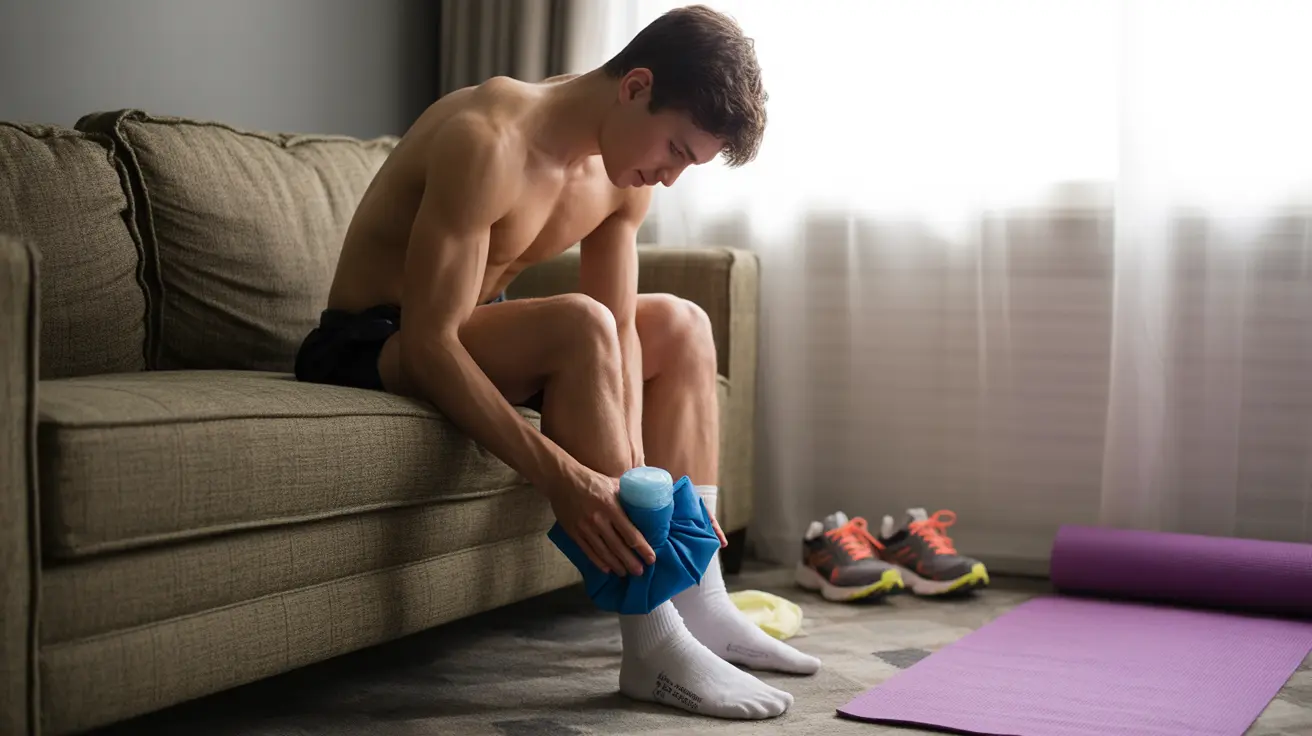Shin splints can be a frustrating and painful condition that affects many athletes, runners, and active individuals. This comprehensive guide will help you understand how to effectively treat and prevent this common lower leg injury, ensuring you can return to your activities safely and confidently.
Understanding Shin Splints and Their Symptoms
Shin splints, medically known as medial tibial stress syndrome, typically present as pain along the inner edge of the shinbone (tibia). This condition occurs when the muscles, tendons, and bone tissue around the tibia become overworked, usually from repetitive activity or sudden changes in physical activity.
Key Symptoms and Diagnosis
The primary symptom of shin splints is pain along the inner side of the shinbone. Unlike stress fractures, which typically cause focused pain in a specific spot, shin splint pain tends to be more diffuse and spread along the shin. The pain usually:
- Occurs during and after exercise
- May be sharp or throbbing
- Affects both legs in many cases
- Improves with rest but returns with activity
Effective Treatment Methods for Shin Splints
Immediate Relief Strategies
When shin splints first develop, following the RICE protocol can provide immediate relief:
- Rest: Take a break from high-impact activities
- Ice: Apply ice packs for 15-20 minutes, 4-8 times daily
- Compression: Use compression sleeves or bandages
- Elevation: Keep your legs elevated when possible
Medical Treatments and Pain Management
Over-the-counter medications can help manage shin splint pain effectively. Common options include:
- Nonsterotonial anti-inflammatory drugs (NSAIDs) like ibuprofen
- Acetaminophen for pain relief
- Topical anti-inflammatory creams
Prevention and Support Methods
Proper Footwear and Orthotics
The right footwear and support can significantly reduce your risk of developing shin splints. Consider these options:
- Custom orthotics designed for your foot type
- Supportive athletic shoes with proper cushioning
- Regular shoe replacement every 400-500 miles
- Shock-absorbing insoles for additional support
Strengthening Exercises
Building strength in the muscles around your shins can help prevent future occurrences. Key exercises include:
- Toe raises and heel walks
- Calf raises and stretches
- Ankle rotations
- Resistance band exercises focusing on ankle movement
Recovery Timeline and Alternative Activities
Full recovery from shin splints typically takes 2-6 weeks, depending on severity and adherence to treatment. During this time, you can maintain fitness through low-impact activities such as:
- Swimming
- Cycling
- Elliptical training
- Water running
Frequently Asked Questions
What are the typical symptoms of shin splints, and how do they differ from stress fractures?
Shin splints typically cause diffuse pain along the inner edge of the shinbone, while stress fractures usually present as acute, localized pain in a specific spot. Shin splint pain often decreases during warm-up and may feel worse after exercise, whereas stress fracture pain typically increases during activity and feels more severe.
How is shin splint pain usually treated at home, and are there any over-the-counter medications that can help?
Shin splint pain can be treated at home using the RICE method (Rest, Ice, Compression, Elevation) and over-the-counter NSAIDs like ibuprofen or naproxen. Gentle stretching and self-massage can also help alleviate discomfort.
Can wearing orthotics or shoe inserts help prevent or reduce shin splints for runners?
Yes, proper orthotics and shoe inserts can help prevent shin splints by providing better arch support and shock absorption. Custom orthotics are particularly effective for individuals with specific foot mechanics issues.
What are some effective exercises to strengthen the muscles around the shin to help prevent shin splints?
Effective strengthening exercises include toe raises, heel walks, calf raises, and resistance band exercises targeting the anterior tibialis muscle. These should be performed regularly as part of a preventive routine.
How long does it typically take for shin splints to heal fully, and what activities can you do during recovery?
Shin splints usually require 2-6 weeks to heal completely. During recovery, you can maintain fitness through low-impact activities such as swimming, cycling, or using an elliptical machine. Gradually return to running or high-impact activities only when pain-free.




